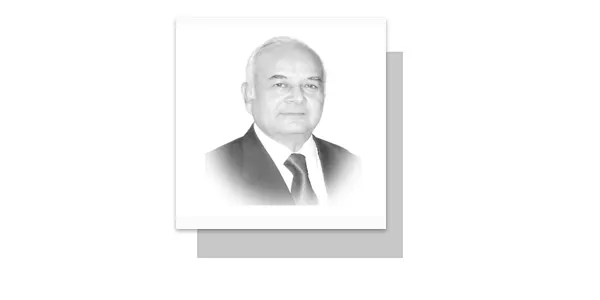PAKISTAN’S urban landscape is undergoing a significant transformation. Fuelled by a fast-growing population, megacities like Karachi, Lahore and Rawalpindi are experiencing a strain on infrastructure and resources. This rapid urbanization presents a complex challenge, but also an opportunity for innovative solutions. The current government’s tenure and timing offers a window to address this pressing issue by strategically developing new, future-proofed cities.
The urgency of urban planning: Pakistan’s population is projected to reach 400 million by 2050, with a significant portion migrating to urban centres. This population boom creates a multitude of challenges. Existing infrastructure struggles to keep pace with the growing demand for housing, transportation, sanitation, and essential services. Traffic congestion grinds commuters to a halt, air quality suffers, and access to basic amenities becomes strained. Traditional urban planning approaches of recklessly constructing overhead bridges and underpasses are no longer sufficient to accommodate this unprecedented growth.
Learning from the East: The Wuhan Model: The Pakistani government can draw inspiration from successful urban development projects in other developing nations. China’s Wuhan, for instance, serves as a prime example. Over the past few decades, Wuhan has transformed into a modern metropolis through strategic planning and infrastructure investment. The city boasts efficient public transportation systems, green spaces, and a thriving technology sector. Key features of Wuhan’s development include:
Focus on Sustainability: Wuhan prioritizes eco-friendly practices, with green building initiatives, renewable energy sources, and well-planned waste management systems.
Smart Technology Integration: The city leverages technology to optimize resource utilization and enhance citizen services. Traffic management systems, digital governance platforms, and interconnected infrastructure contribute to a more efficient and liveable urban environment.
Knowledge-Based Economy: Wuhan fosters innovation by establishing research centres, universities, and incubators for tech start-ups. This focus on knowledge creation attracts skilled professionals and drives economic growth.
Building a Network of Future Cities in Pakistan: Pakistan, with its participation in the China-Pakistan Economic Corridor (CPEC) framework, has a unique opportunity to leverage Chinese expertise and investment for developing its own network of future cities. Here’s how this vision can be realized:
Strategic Locations: The six new cities can be strategically located across Pakistan’s provinces, considering factors like existing infrastructure, resource availability, and economic potential. One city could be established in each of the four provinces (Sindh, Punjab, Khyber Pakhtunkhwa, Baluchistan), with additional cities in Gilgit-Baltistan (GB) and Azad Jammu and Kashmir (AJK). This geographically dispersed approach promotes balanced regional development.
Master Plans with a Long-Term Vision: Each city should be meticulously planned with a long-term vision in mind. Master plans should incorporate sustainable practices, smart technology integration, and a focus on specific industries or sectors to create unique economic identities for each city.
Public-Private Partnerships: The government can leverage public-private partnerships (PPPs) to attract private investment for infrastructure development, housing projects, and commercial ventures within these new cities. PPPs can ensure a steady influx of funds and expertise for efficient project execution.
Challenges and Considerations: Developing six new cities simultaneously is a massive undertaking. Careful consideration needs to be given to several challenges:
Funding: Securing sufficient funding will be crucial. Utilizing CPEC resources, attracting foreign direct investment (FDI), and exploring innovative financing models like green bonds are potential solutions.
Human Capital Development: These cities will require a skilled workforce. Investment in education and training programs is essential to ensure a ready pool of talent for the emerging industries within these urban centres.
Social Cohesion: Integrating new populations and fostering a sense of community within these planned cities requires proactive measures. Investing in social infrastructure like community centres and parks, along with promoting cultural exchange and inclusivity initiatives, will be vital.
Building a Brighter Urban Future: The development of future cities in Pakistan presents a transformative opportunity. By learning from successful models like Wuhan, Pakistan can create well-planned, sustainable urban centres that cater to the needs of a growing population. These cities can serve as engines of economic growth, attracting investment, fostering innovation, and generating employment opportunities.
However, success hinges on meticulous planning, robust funding mechanisms, and a focus on social development. By embarking on this ambitious project, Pakistan can pave the way for a brighter urban future, fostering a more prosperous and equitable society for all its citizens.
—The author writes on strategic, political, economic, current affairs & sports.
Email: [email protected]
views expressed are writer’s own.










